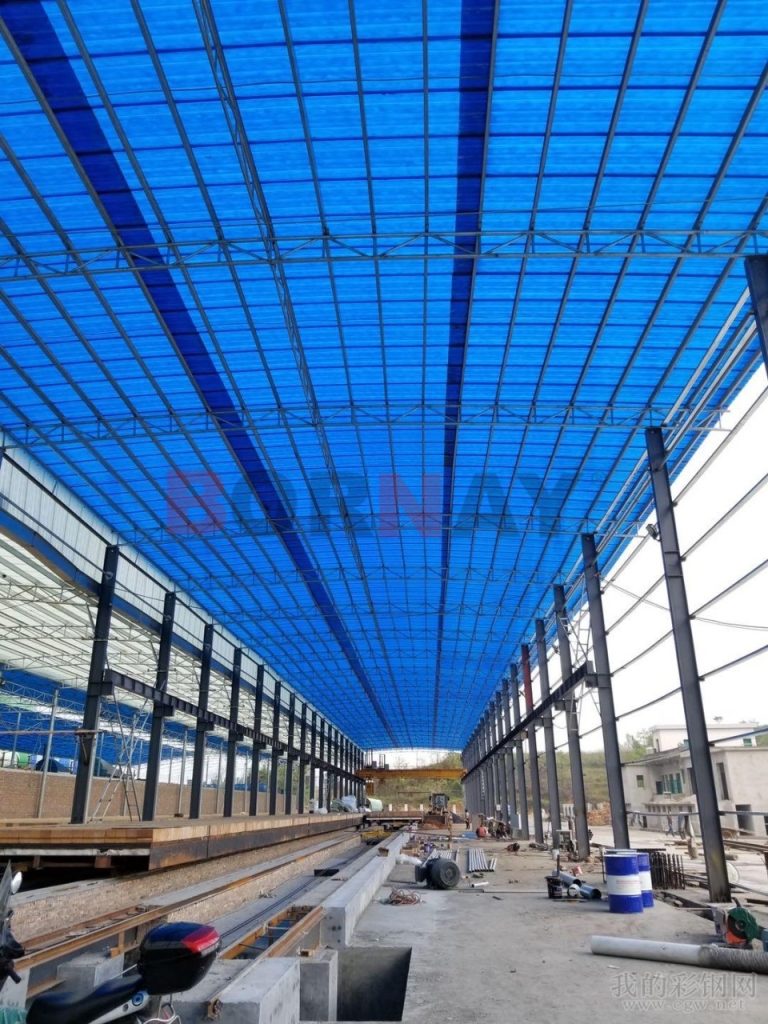bonai@tilefrp.com
Application and function of FRP roof panel in environmental protection

Fiber Reinforced Polymer (FRP) roof panels offer several applications and functions in the context of environmental protection. Here are some examples:

Energy Efficiency: FRP roof panels can be designed with high insulation properties by incorporating materials with low thermal conductivity. These panels help to minimize heat transfer between the building's interior and the external environment. By reducing the need for heating during cold seasons and cooling during hot seasons, FRP panels contribute to energy savings and lower greenhouse gas emissions. Additionally, the improved insulation can enhance occupant comfort and reduce the reliance on HVAC systems.Sustainable Materials: FRP roof panels can be manufactured using recycled materials, such as reclaimed fibers or recycled resins, reducing the demand for virgin resources. Additionally, manufacturers can incorporate environmentally friendly additives or bio-based materials into the panel's composition. These sustainable practices promote resource conservation and reduce the environmental impact associated with the extraction and production of raw materials.Durability and Longevity: FRP roof panels exhibit excellent durability and resistance to various environmental factors. They are highly resistant to corrosion, weathering, and UV radiation. As a result, FRP panels can withstand harsh climates, including extreme temperatures, high humidity, and saltwater exposure. Their long lifespan significantly reduces the frequency of roof replacements, which in turn minimizes waste generation and the use of additional resources.Water Management: FRP roof panels can incorporate integrated water management systems, such as rainwater harvesting and drainage solutions. These panels can feature built-in gutters, downspouts, and water collection channels that efficiently capture and divert rainwater. By collecting rainwater, FRP roof panels enable its reuse for irrigation, landscaping, or non-potable purposes. This reduces the strain on municipal water supplies, promotes water conservation, and decreases the energy consumption associated with water treatment and distribution.Solar Panel Integration: FRP roof panels can be designed with structural support and integrated mounting systems to accommodate the installation of solar panels or photovoltaic (PV) systems. This integration allows buildings to harness renewable energy from the sun, reducing reliance on fossil fuel-based electricity. By generating clean, sustainable energy, FRP roof panels with solar integration contribute to mitigating climate change, reducing greenhouse gas emissions, and promoting a greener energy mix.Lightweight Construction: FRP roof panels are significantly lighter than traditional roofing materials, such as concrete or metal. This lightweight characteristic simplifies transportation and installation processes, reducing the energy consumption and emissions associated with their logistics. Furthermore, the reduced weight of FRP panels can enable the design of lighter support structures, thereby minimizing the use of additional construction materials and optimizing overall resource efficiency.

By combining these various features and applications, FRP roof panels contribute to sustainable and environmentally friendly building practices. They enhance energy efficiency, incorporate recycled and sustainable materials, provide long-lasting performance, support water management systems, facilitate solar energy generation, and promote efficient construction practices. Overall, FRP roof panels play a significant role in environmental protection by reducing the carbon footprint of buildings and conserving resources throughout their lifecycle.



